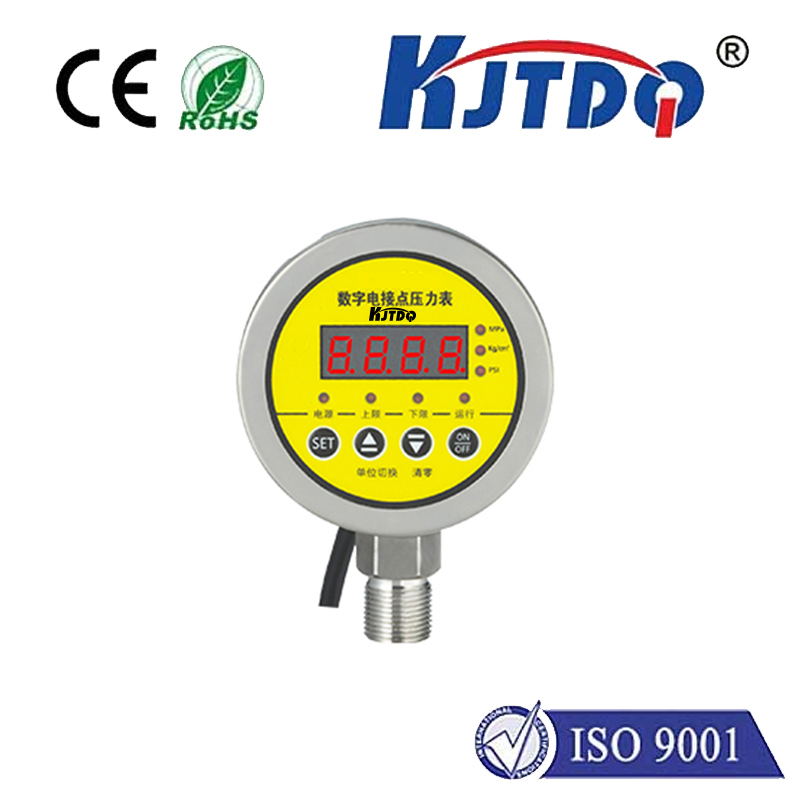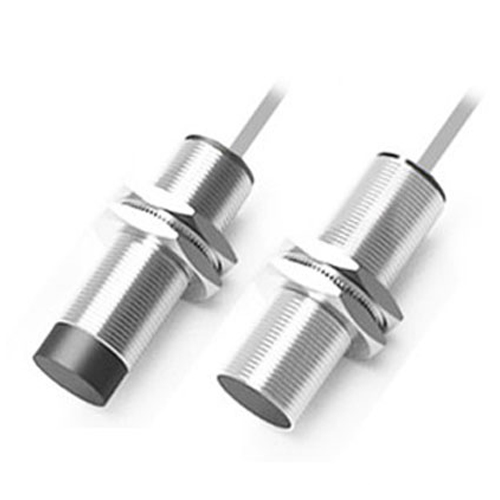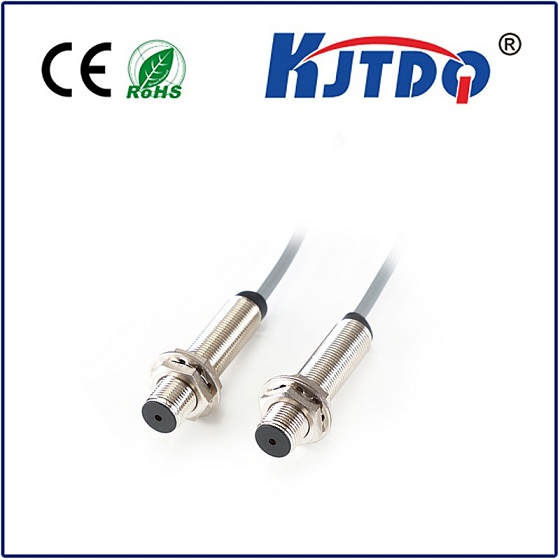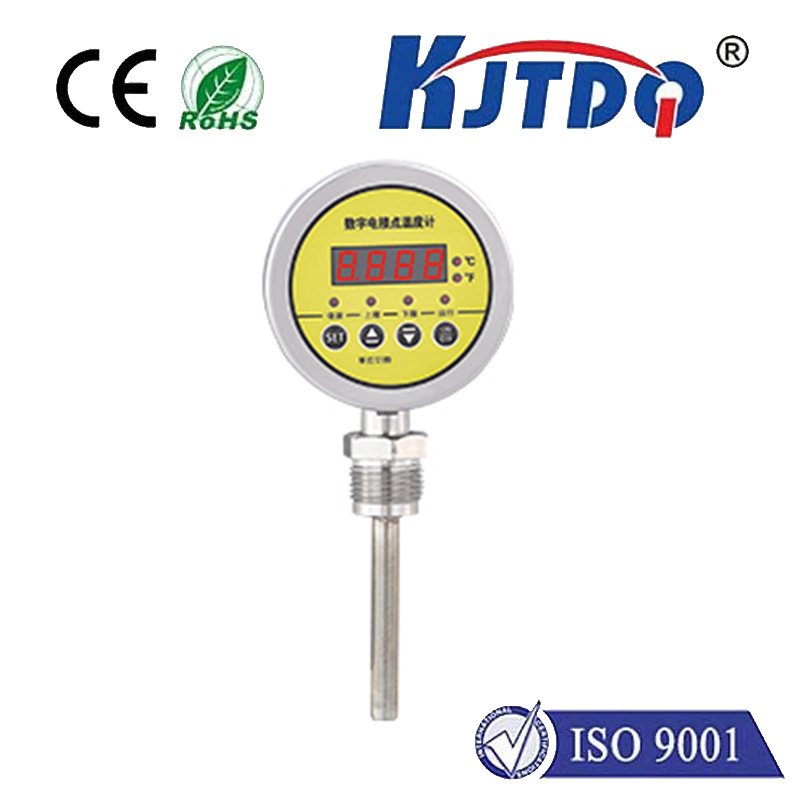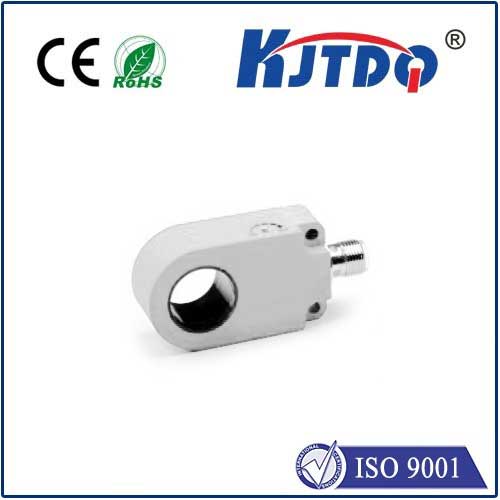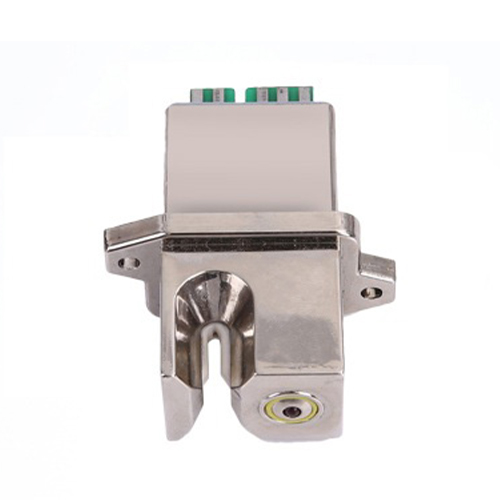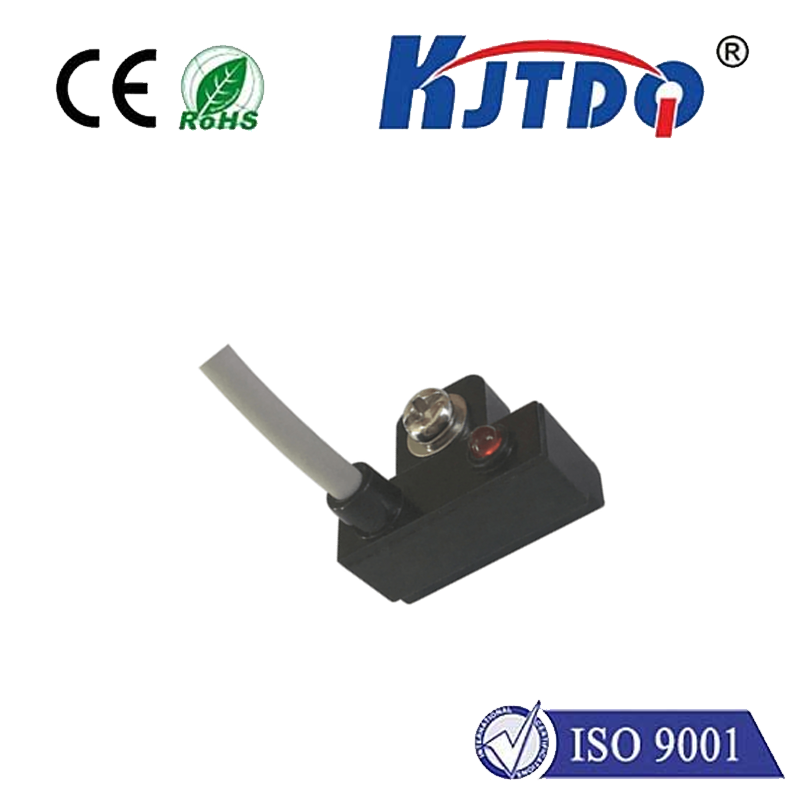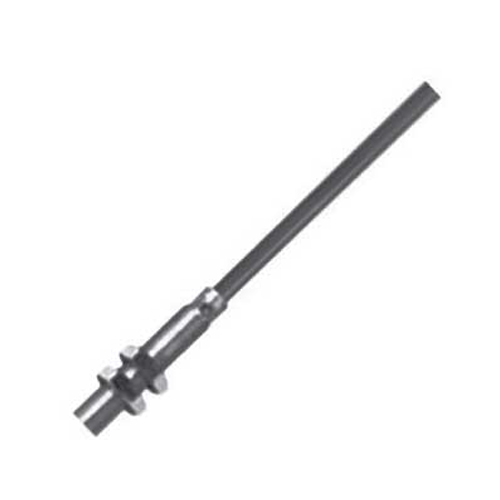cryogenic temperature sensor
- time:2025-08-20 02:10:22
- Нажмите:0
Mastering the Extreme: The Essential Role of Cryogenic Temperature Sensors
Imagine a world colder than the deepest void of space. Temperatures plunge to within a whisper of absolute zero (-273.15°C or 0 Kelvin), where the fundamental rules of physics seem to bend. This cryogenic realm is not science fiction; it’s the operating environment for cutting-edge technologies revolutionizing medicine, computing, and energy. Accurately measuring temperature at these extreme lows isn’t just challenging—it’s absolutely critical for success and safety. This is the vital mission of cryogenic temperature sensors, devices engineered to perform reliably where conventional thermometers fail utterly.
Why Cryogenic Temperatures Demand Specialized Sensing
Achieving and maintaining temperatures typically ranging from below -150°C down to near absolute zero (-273.15°C) is fundamental for numerous advanced applications. At these frigid extremes:

- Quantum Phenomena Emerge: Superconductivity (zero electrical resistance) and superfluidity (zero viscosity) occur, enabling technologies like superconducting magnets for MRI machines and particle accelerators, and experimental quantum computing platforms.
- Materials Transform: Many substances exhibit drastically different mechanical, electrical, and thermal properties, crucial for materials science research and engineering novel devices.
- Precision Amplifies: Thermal noise virtually vanishes, allowing for exquisitely sensitive scientific measurements in astronomy (deep-space telescopes), physics (detecting rare particle interactions), and metrology (defining fundamental constants).
The Stiff Challenges of Cryogenic Temperature Measurement
Measuring temperature reliably in this environment presents formidable hurdles:
- Vanishingly Small Signals: Traditional sensors relying on resistance or voltage changes often generate signals that are incredibly minute at cryogenic levels, easily swamped by noise.
- Material Instability: Components can become brittle, and thermal contraction mismatches can damage sensors or their connections.
- Heat Leaks: Introducing a sensor and its wiring into the cryogenic system inevitably brings unwanted heat. Minimizing this is paramount to avoid perturbing the very system being measured.
- Complex Calibration: Establishing traceable and accurate calibration points below -196°C (liquid nitrogen temperature) is significantly more complex and less available than at room temperature.
Navigating the Cryogenic Sensor Landscape
Overcoming these challenges necessitates specialized sensor technologies. Let’s explore the most prominent players:
- Resistance Temperature Detectors (RTDs) - Platinum Precision:
- Principle: Measure the predictable change in electrical resistance of pure platinum wire (typically Pt-100 or Pt-1000) with temperature. Their resistance generally increases as temperature rises.
- Cryogenic Strengths: Known for excellent stability, repeatability, and relatively high sensitivity even down to a few Kelvin. Commonly used from room temperature down to ~10-20K.
- Considerations: Resistance change becomes smaller at lower temperatures, requiring sensitive measurement electronics. Self-heating (current causing heating within the element) is a critical factor to manage.
- Thermocouples - The Hardy Workhorse:
- Principle: Generate a small voltage (Seebeck effect) proportional to the temperature difference between the measurement junction and a reference junction.
- Cryogenic Strengths: Simple, robust, physically small, inherently low heat leak, and capable of very fast response times. Gold-iron vs. copper or chromel-gold/iron types are specifically designed for cryogenic use.
- Considerations: Output voltages are extremely small at cryogenic temperatures (microvolts), demanding high-precision, low-noise amplifiers. Absolute accuracy can be less than RTDs or diode sensors but relative changes are reliable.
- Diode Temperature Sensors - Silicon Simplicity:
- Principle: Exploit the well-defined temperature dependence of the forward voltage drop across a silicon p-n junction when driven by a constant current.
- Cryogenic Strengths: Offer good sensitivity (linear over certain ranges), affordability, small size, reasonable stability, and simple interfacing. Widely used from ~1.2K up to ~400K.
- Considerations: Sensitivity decreases at very low temperatures (below ~30K). May require individual calibration for highest accuracy, though batch calibration is often sufficient.
- Capacitance Thermometers - Discerning Signals in Noise:
- Principle: Measure the change in dielectric constant (capacitance) of a special material (like cerium magnesium nitrate) with temperature.
- Cryogenic Strengths: Exceptionally low self-heating, immunity to magnetic fields, and useful sensitivity in the millikelvin (mK) range below ~4K.
- Considerations: Require sophisticated AC measurement electronics. Sensitivity varies with temperature range. Can be larger physically.
Where Cryogenic Sensors Enable Breakthroughs
The precision offered by these sensors unlocks transformative capabilities:
- Quantum Computing & Information: Maintaining the near-absolute-zero environments required for superconducting qubits (quantum bits) relies on exquisitely precise thermal management monitored by cryogenic sensors.
- Medical Imaging (MRI): The powerful magnetic fields generated by superconducting magnets within MRIs necessitate liquid helium cooling. Sensors constantly monitor cryostat temperatures to ensure magnet stability and prevent “quench” events.
- Scientific Frontier Exploration:
- Particle Physics: Detectors at facilities like CERN operate at cryogenic temperatures to maximize sensitivity and reduce thermal noise.
- Astronomy: Instruments on satellites and ground-based telescopes (e.g., infrared detectors) are cooled cryogenically to minimize their own thermal radiation, vastly improving the detection of faint cosmic signals.
- Materials Science: Delving into the behavior of novel materials at ultra-low temperatures provides fundamental insights.
- Energy & Industry: Monitoring cryogenic fluid levels and temperatures is critical in LNG (liquefied natural gas) storage and transport, superconducting power transmission development, and specialized superconducting motors/generators. Aerospace applications also leverage cryogenic fuels.
Choosing the right cryogenic temperature sensor is never a one-size-fits-all decision. It demands careful consideration of the target temperature range, required accuracy and stability, permissible heat load, tolerance to magnetic fields, physical size constraints, and overall system cost. This complex decision underscores the specialized expertise required to truly master the measurement challenges of the ultra-cold. As we push further into the frontiers of quantum technology, advanced materials, and fundamental physics, the humble cryogenic temperature sensor remains an indispensable, silent sentinel, ensuring stability and unlocking discoveries in the profound cold.

